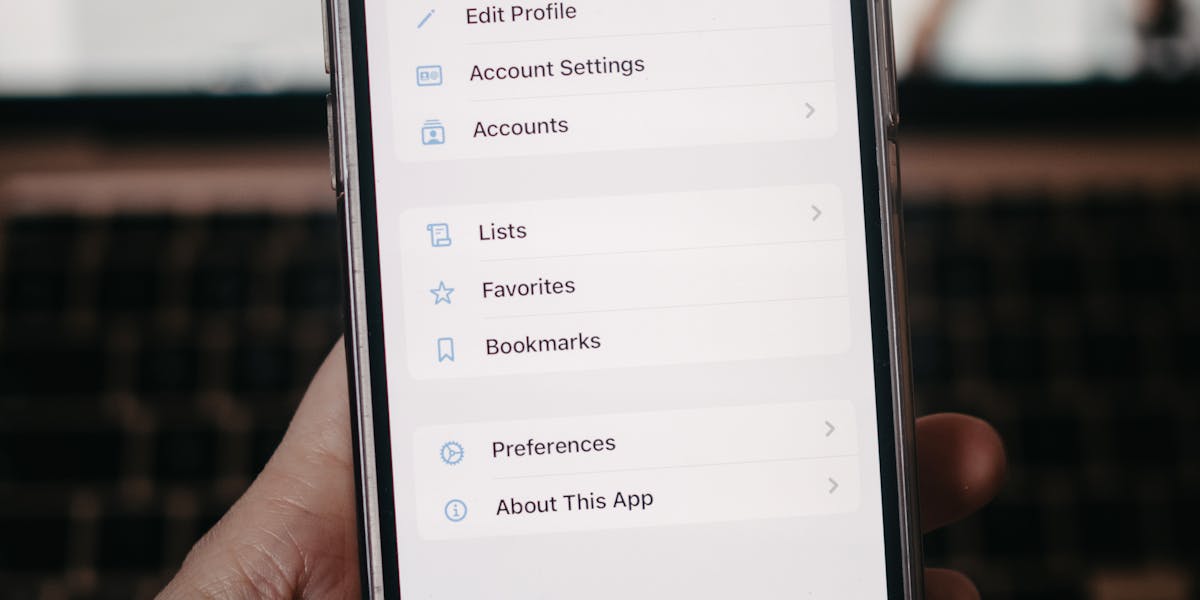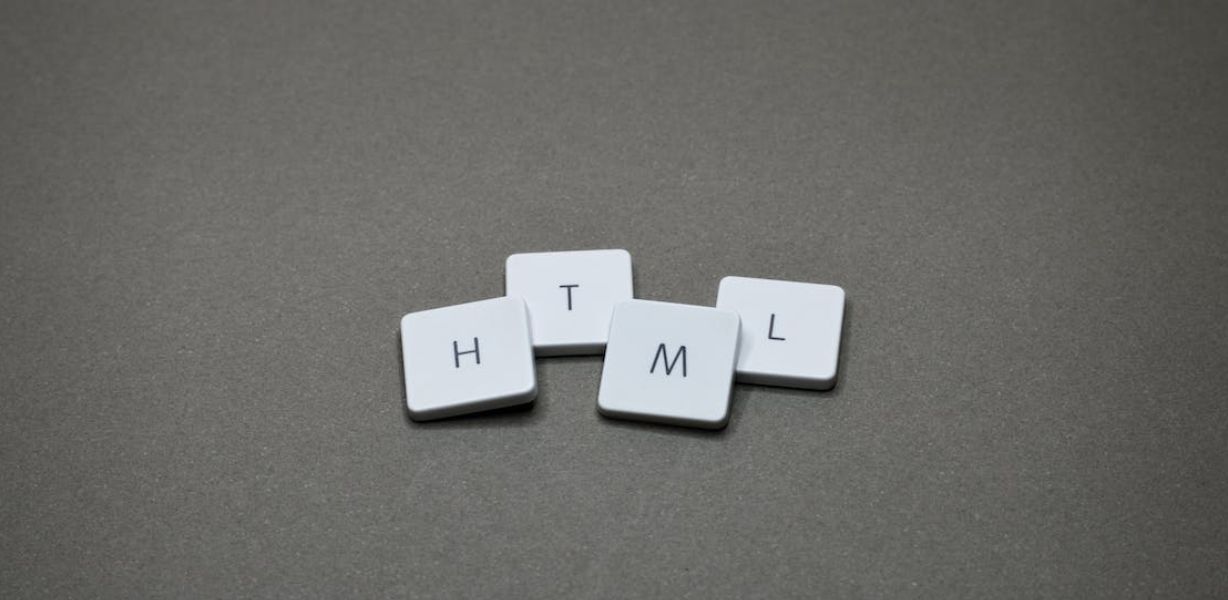Here it is, ready to drag web forms from the funeral procession to the red carpet. Through CSS styling, you can update boring HTML forms into stylish elements magnet of attention and encourage users to remain interested. In this article, we’ll take you on a tour of the realm of form design, showing how CSS can give a touch of class, improve usability, and bring joy back into online form filling. Let the stress of getting the look of your site just the way you want it to be gone. Let your beautiful forms astound your visitors and compel them to return.
Understanding HTML Forms:
HTML forms function as electronic forms that websites may design to gather any type of data from site visitors. Their compositions are combinations of some parts including text viewing places, checkboxes, and dropdown menu. Every element plays its own role, allowing the viewer to provide the contact details, email, or response. Realizing how the factors function altogether is an important idea in successful form design. Developers do this using HTML by making forms simple and logically appealing. Without any doubt, either a small contact form or a more complicated survey is related to the grasp of the fundamentals of HTML forms because it serves as a cornerstone for successful form styling with CSS.
Mastering Basic CSS Styling:2. Mastering Basic CSS Styling:
With the help of CSS, HTML forms get their personality and become catchy and visual. The most effective expression of the form’s style and vitality includes properties such as color, font, padding, and margin. Applying CSS styles to form elements, developers can make up input fields, buttons, and dropdown sorts to externalize their appearance. It is all just about a few sentences of code to change the outlook of your forms to reflect the look and personality of the brand of your web page. It takes no less than these vital CSS styling methods to have impeccable forms that give your audience something to look at with wonder and awe.
Personalizing Input Fields:
Input boxes are where users are entering into form, therefore it is important to design them nicely and conveniently. In CSS, developers can modify the way input fields offer or delete as much software as possible. This could include changing their size, shape, border style, and background color. During this process, you can do subtle effects like hover and focus states to give the user the feedback that lifts the whole UX experience. Besides, individualizing text fields is essential to bring aesthetics and ensure user-friendliness and accessibility to the forms.
Styling Buttons for Impact:
However, when buttons are added to your much-needed forms, they become the last step that makes users click on them to finish the process. CSS styling is also useful: it can give buttons a prominence that will attract eyeballs. It can be simply a clickable button or a call to action button, adding up color, padding, and even hover effects can increase the clickability and engagement of the button. In addition, CSS provides boring button designs such as gradients, shadows, and custom icons where designers are free to integrate their personal tastes into the final form of design. You can set styles for efficiency so that the prospects can take action online and lead to conversions on your websites.

Enhancing Dropdown Menus:
List choice alternatives pop-up compose an easy way for users to select one or a few options from the list. By CSS, you can style dropdown menus in appearance and in useability to enhance the user experience. The beauty of creating dropdown menus is that you can customize their font, color, and size as you want to make them look visually appealing and effortless to read. In addition, the use of CSS both for the arrow of a dropdown and for animations or transitions that contribute to an interactive experience can be accomplished (CSS helps to style the dropdown arrow, and add animations or transitions so everything looks more interactive). Heck, be it just a simple navigation menu or a composite dropdown of nested options that CSS can fine-tune and refine, it goes without saying that dropdowns can take forms to a whole new level in both usability and visual allure.
Crafting Responsive Designs:
Now everything is on the internet, and people visiting websites access it through different devices: Smartphones, tablets, or personal computers. It is because of a responsive design that ensures no form messes up or is not easy with the variety of screen sizes across devices. With CSS media queries, intensity comes in the execution of responsive forms, where developers adapt styles to the width, orientation, and resolution of the screen. Fixed layouts are replaced by fluid ones, while percentage units are used to create flexible screens. Forms are adapted to a user’s viewport resolution and provide a stutter and scroll-free experience. Making the design of the form responsive with CSS is very important because it would allow accessibility and a user-friendly experience of the user irrespective of the device the form is viewed on.
Ensuring accessibility for all
Inclusive web design is inseparable from any project design process, whereas the object of its creation is to guarantee that all individuals, including disabled persons, will access and use your form. CSS serves as a vital tool that helps in creating designs that are readily readable, useable, and operable for all users by giving developers the power to do so. For instance, a style sheet (CSS) can be modified to adjust the screen font, spacing and contrast to provide users with visual issues with ease of readability. Not only that, CSS could also increase the keyboard navigation efficiency and focus states which will in turn us to navigate forms with assistive technology such as screen readers. Prioritizing accessibility in form design leads to a situation where each person regardless of his age, physical disability or status has unhindered access to the content and functionality of the website.
Testing and Optimizing Performance:8. Testing and Optimizing Performance:
Finally, you will have styled the form in CSS so, the next step should be testing it through all browsers and devices to make sure that everything is working perfectly. Testing can ensure the placement of styling problems or page layout inconsistencies on specific devices. On top of this, a gradual load of forms task can be improved by using minified CSS files and browser caching to enhance your website’s performance. Doing so, you will discover how to create and design forms that function both with and without style and take different user browsing environments into a considerative experience for users.
Concluding Thoughts on Form Styling:
Doing it with CSS is not just a pretty look for the forms as the forms should be intuitive and friendly to users. Also, they have to be accessible to everybody. The knowledge of HTML form basics and some advanced CSS styling techniques will be very useful for developers who want to make forms that are noticeable and make the users think. From making input fields personalizable to designing responsively and making them accessible, CSS gives the tools for the empowerment of your forms in functionality and the aesthetics. If you stick to the best practices and conduct periodic testing and optimization, you will utilize a web form, which is a non-intrusive online instrument that provides a pleasant user experience and impresses your target customer.
Conclusion:
To sum up, Coding forms HTML with stylesheets is a wonderful way yes on to make the websites better for users. The main objective of CSS development is to use techniques such as individualizing the fields of the input, styling the buttons, and assuring accessibility to develop the forms, which not only look appealing but also are friendly to the users and their interaction with the interface. Designing a fluid form is about the fact that forms look nice on any device. Then ease of use to online platforms, such as that form looks smooth on various browsers, is very important. Through keeping up with the best practices, streamlining the user flows, and tweaking the form designs these developers will develop forms that stand out and captivate the users as a whole, which eventually contributes to the users’ satisfaction and positive overall experience.
